The amount of confusion that has sprouted from the recent addition of “Virtual Game Cards” and a new game format introduced with the Nintendo Switch 2 called “Game-Key Cards” can not be understated. Why are so many major changes occurring at the same time, well you would have to assume Nintendo is trying to get it over with and done before the next generation begins. Whether that’s a smart move or not is left to be seen. So before you find yourself gawking at any of these formats, find a chair, and let’s go over every new feature Nintendo has provided.
Fast Travel
Physical Games
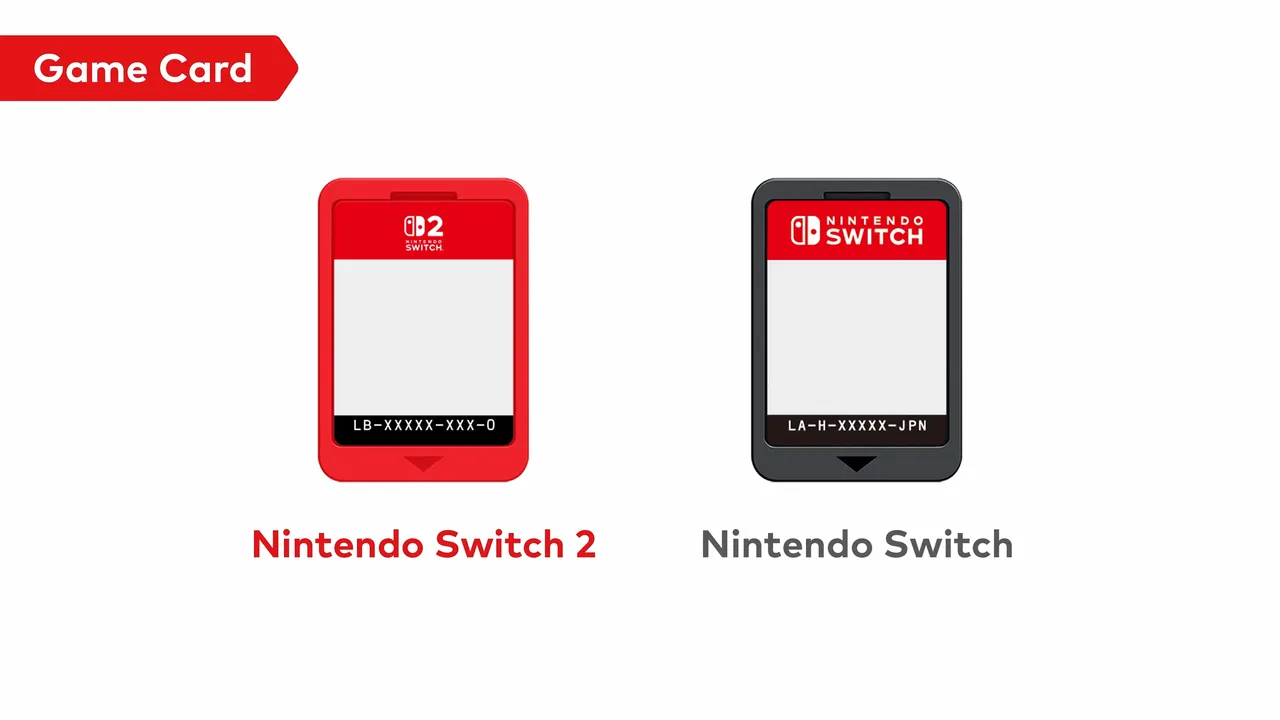
Game Card
Physical games are my go to gaming format that you will, unfortunately, find less often going forward on the Nintendo Switch 2 if the launch games are anything to go by. If you glance at the front cover art of any physical game, if it does not mention Game-Key or Download, this is the format you will find inside the case. What makes it the best format for Nintendo Switch 2 physical games is the contents which contain the complete game data all stored on a fast new storage card. No internet, downloads, or installs will be required to play these games.

Game-Key Card
A new physical format called Game-Key Cards does not contain any of the game data. It contains a key that requires you to download the title from servers. This comes with not only the drawbacks of digital games, which require an internet connection the first time you download but also require the Game-Key Card to be inserted or the game is rendered unplayable. It’s not without positives that include the ability to resale them and smaller game developers get a chance for more sales at retail stores. That last remark remains to be seen as many launch games that use this format are not indies but big publishers such as EA or Sega. One last tip for this format, if you ever come across a used card, you can differentiate between Full-Game cards and Game-Key cards since the latter has a tiny key icon on the card label.

Download Code
If you’ve purchased physical Nintendo Switch games before, you might already be familiar with this variant of physical games that are not physical games. They are essentially a code in a box, you will find a paper slip that has a code that must be redeemed on a Nintendo account and then downloaded to your Nintendo Switch’s internal storage. Not much else to say about them other than they are a waste of plastic as what do you do with an empty case after you’ve redeemed the code?
Nintendo Switch 2 Edition Game

Nintendo has revealed another special new type of physical game that so far only comes in the form of a Full-Game Card called Nintendo Switch 2 Edition games. What’s special about them is that they work on the Nintendo Switch 2 providing upgrades such as higher resolutions or improved loading times and are backward compatible on the Nintendo Switch. That tidbit is surprising but a neat solution for games that receive upgrades over the original release. This would allow a family member with a Nintendo Switch to play your Nintendo Switch 2 Edition card. Of course, they will not have any of the enhancements but at least you do not need two different versions of the game to share with last-generation folks.
Virtual Game Card
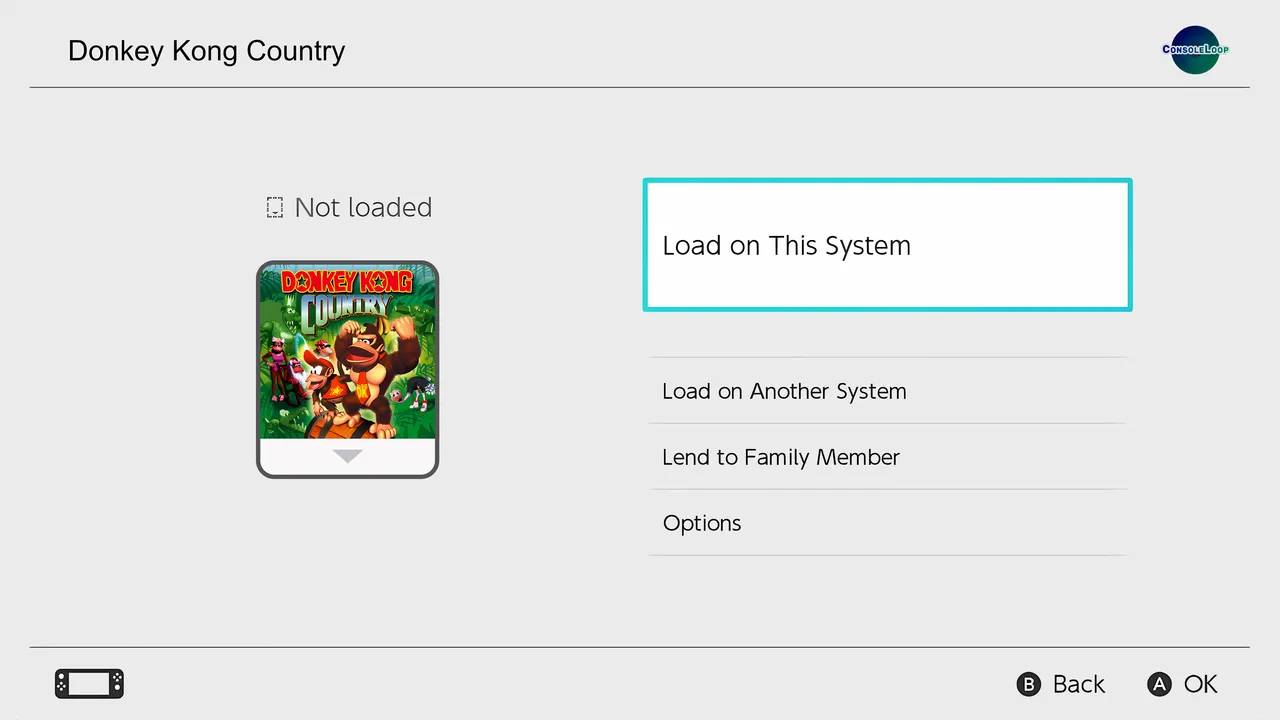
Moving on to the controversial feature introduced which is Virtual Game Cards. A Virtual Game Card is a digital game that now has a card icon like physical games but is virtually loaded and ejected from your digital library to other Nintendo consoles. Similar to physical games, once loaded onto another system it will no longer be playable on your system until the borrower ejects it or 14 days have passed. You have the option to lend a game to another console and a Family Group member which can be up to 8 other Nintendo Accounts. The system receiving a game will need to have an internet connection the first time they launch it but afterward can take the system offline.
So you remember I mentioned negatives right? Well first off is a weird drawback for Nintendo Switch 2 Edition digital games that can only be lent to other Nintendo Switch 2 consoles, completely wiping out the backward compatible feature I mentioned for physical Nintendo Switch 2 Edition games. But the more glaring issue is the complete removal of the industry standard sharing method for digital games. Let's use PlayStation as an example, all the way from the PlayStation 3 to the PlayStation 5.
Once a digital game is downloaded to the purchaser's home console, any other account can play said game on that home console. This allowed the purchaser to download the game on a second console and play with the second user who was playing on the original home console. That’s how PlayStation has done it since the beginning, that’s how Xbox does it, and until Virtual Game Cards, that’s how Nintendo did it. But no longer will Nintendo allow you to use one copy essentially as two like the industry standard features available on PlayStation 5 and Xbox Series X|S.
Final Thoughts
Hopefully, you now have a better understanding of the several different formats available on the Nintendo Switch 2. With the amount of market share the Switch has gobbled up, Nintendo is in a prime spot to lead the industry but I’m not so sure changing standard digital features in favor of convoluted methods is in the best interest of either side.
Level Up Your Collection
We might earn a small percentage if you buy via our links. Learn More
View Donkey Kong Country on Amazon
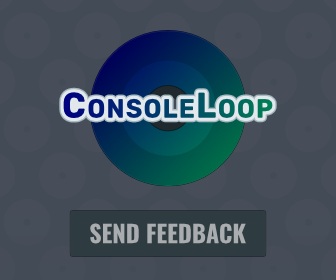



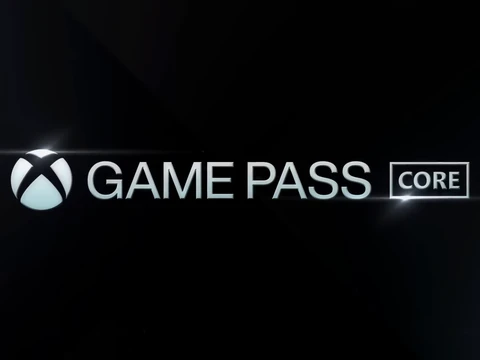
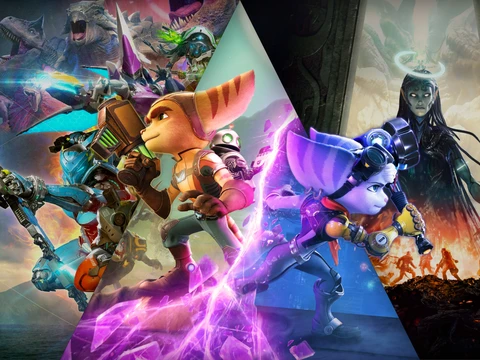
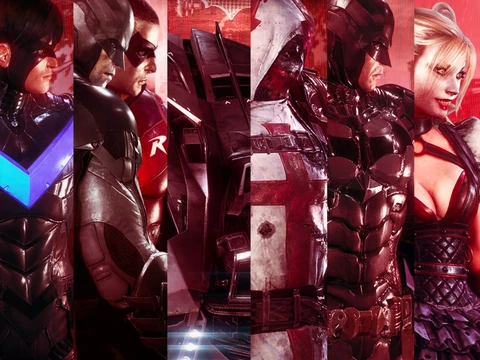
Add Thoughts
Advert